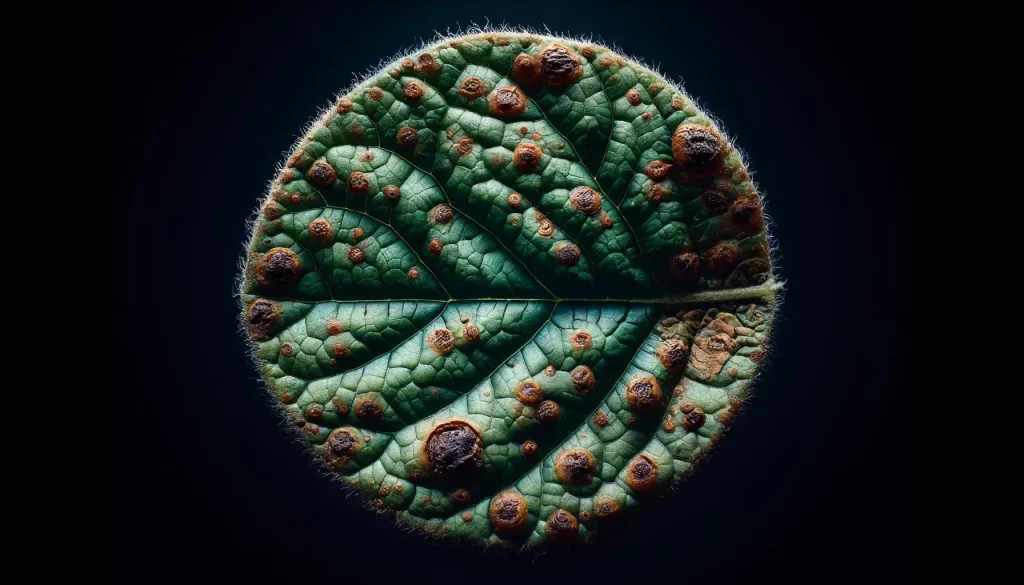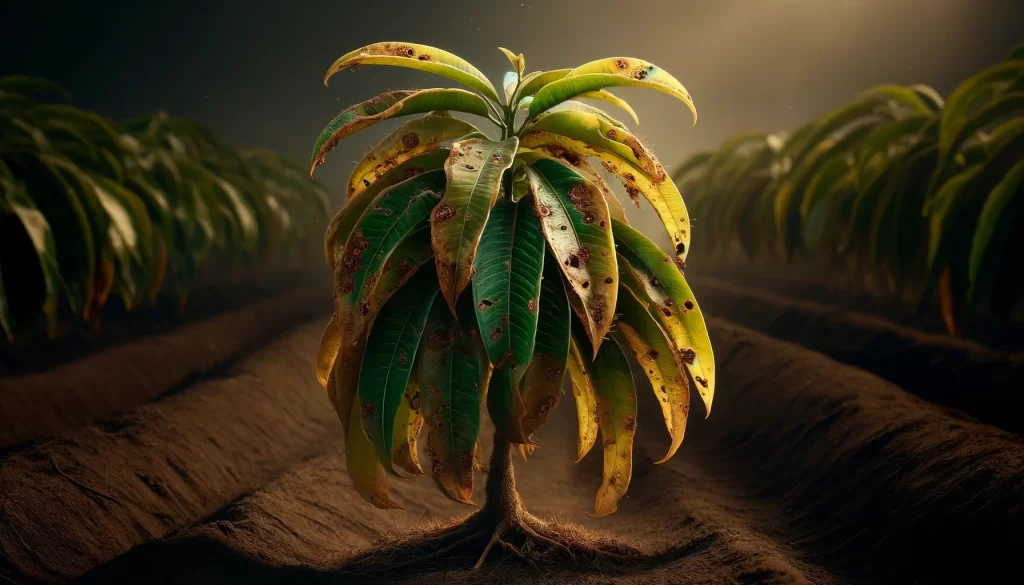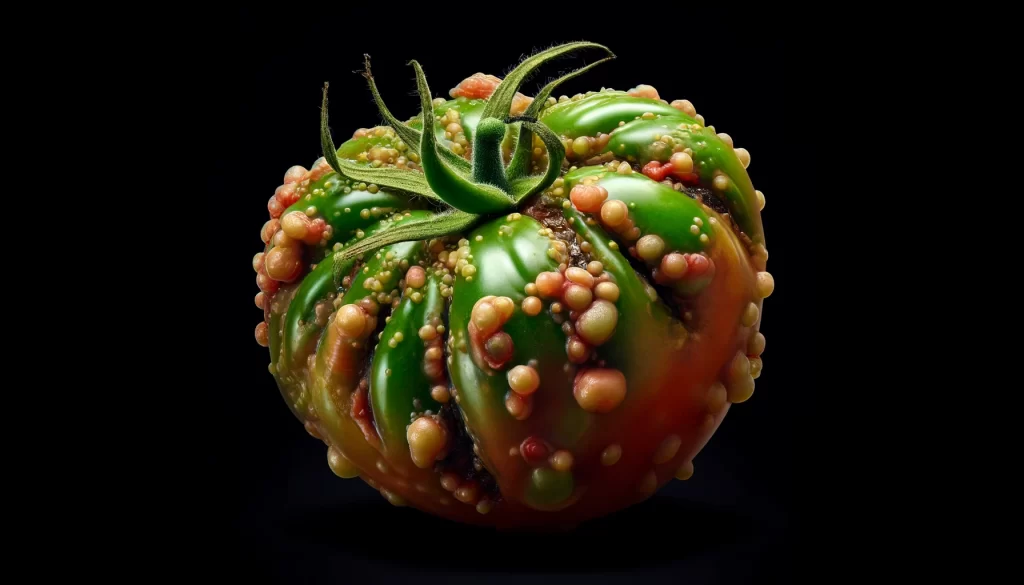Anthracnose is a fungal disease that affects a wide range of plants worldwide, from fruit trees to ornamental plants and horticultural crops. It is caused by fungi of the genus Colletotrichum, which includes several pathogenic species capable of infecting different types of plants. Some of the most common species of Colletotrichum that cause anthracnose include Colletotrichum gloeosporioides and Colletotrichum acutatum.

The fungi causing anthracnose can spread through asexual spores called conidia, which are produced in specialized structures called acervuli or pycnidia. These spores can be dispersed by wind, rain, or irrigation water, and can infect new plants when they come into contact with susceptible plant tissue.
Plants Affected by Anthracnose
Anthracnose can affect a wide variety of plants, including fruit trees such as mango, avocado, citrus, and apple, as well as vegetables like tomato, pepper, and cucumber. It can also affect ornamental shrubs such as azaleas, rhododendrons, and camellias, as well as forest trees like oak and chestnut.

Symptoms of Anthracnose
Symptoms of anthracnose can vary depending on the host plant, the species of Colletotrichum fungus involved, and environmental conditions. However, they typically include a number of common characteristics that can be observed on different parts of the plant. Here is a description of the most common symptoms of anthracnose:
Necrotic spots on leaves: One of the most prominent symptoms of anthracnose is necrotic spots that appear on the plant’s leaves. These spots can vary in size, shape, and color, but typically start as small, dark brown or black lesions that can expand and merge over time.
Lesions on stems and branches: In addition to leaves, anthracnose can cause necrotic lesions on the stems and branches of the plant. These lesions can appear as sunken spots or as areas of dead tissue that can weaken the plant’s structure and affect its growth.
Spots on fruits: In fruit-bearing plants, anthracnose can cause spots on the fruits that can reduce their quality and commercial value. These spots can start as small lesions that develop into larger, darker spots as the disease progresses.
Deformation and malformation: In some cases, anthracnose can cause deformation and malformation in the leaves, stems, and fruits of the affected plant. This can include growth deformities, such as curled leaves or distorted fruits, which can affect the plant’s appearance and yield.
Colored exudates: In some Colletotrichum species, lesions caused by anthracnose can produce colored exudates, ranging from pink, orange, to reddish-brown. These exudates may contain fungal spores and can be visible on the surface of the lesions.

Control of Anthracnose
Controlling anthracnose generally involves a combination of preventive, cultural, and chemical measures to minimize the spread and impact of the disease on crops. Here are some common control strategies:
Good hygiene and crop management: Maintaining good field hygiene by removing infected plant debris and avoiding the spread of fungal spores can help reduce the incidence of the disease. Additionally, practices such as crop rotation and proper disposal of plant residues can minimize the persistence of the pathogen in the soil.
Water management: Avoiding over-irrigation and excessive soil moisture can help prevent the spread of anthracnose, as the fungus tends to thrive in moist conditions. Using irrigation systems that prevent leaf wetting can also be beneficial.
Use of fungicides: In cases of high disease pressure or when other control measures are insufficient, specific fungicides can be used for anthracnose control. These products should be applied according to the manufacturer’s recommendations and in compliance with local regulations.
By implementing these control strategies properly and in a timely manner, it is possible to reduce the impact of anthracnose on crops and minimize the economic losses associated with this disease.
 AgronoBlog – Agriculture Blog
AgronoBlog – Agriculture Blog